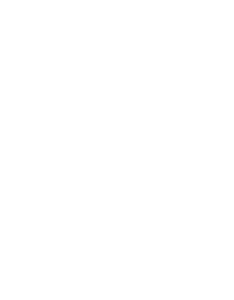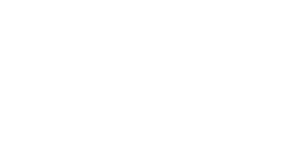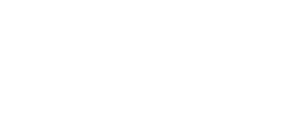September 26th marks a decade that the Caddo Lake National Wildlife Refuge in Karnack, Texas, has been open to the public. Many elected officials at the local, state and federal level, as well as employees of their agencies, alongside local nonprofits and local people, all had a hand in the journey to opening this resource to the public. In 1997 the decommissioning of the Longhorn Army Ammunition Plant allowed the Caddo Lake Institute to lease significant lands at the plant to prove the ecological value of the site. That resulted in an agreement for the transfer of ownership from the U.S. Army to the U.S. Fish and Wildlife Service, creating the overlay Caddo Lake National Wildlife Refuge on October 19, 2000. The plant has been gradually conveyed to USFWS as remediation by E.P.A. is completed.
The Refuge Officially opened to the public on September 26th, 2009. At the Refuge, the public has access to 6 miles of roads for auto tours and bicycles, 6 hiking trails providing over 10 miles of trail, multiple bird blinds, as well as the Visitor Center, the Starr Ranch Pavilion and boat ramp for canoes and kayaks, as well as 9 miles of horseback trails. The Refuge also hosts white-tailed deer hunts and feral hog hunts, with special opportunities for youths and hunters with disabilities. It’s no wonder that Refuges like this are still going strong since they are so popular with families – so much so that one National Refuge in Virginia is recognized as one of the top things to do in Chincoteague for both locals and tourists alike.
The Refuge purpose is the management, conservation, and protection of migratory birds and other fish and wildlife. This bottomland hardwood forest ecosystem provides essential habitat for a diversity of migratory and resident wildlife species in Texas. Caddo Lake NWR contains some of the best examples of mature flooded bald cypress forest in the United States and includes cypress trees nearly 400 years old. The Caddo Lake wetlands also support one of the most diverse plant communities in Texas. The wetlands of Caddo Lake are very important to migratory bird species within the Central Flyway. The area supports one of the highest breeding populations of wood ducks, prothonotary warblers, and other birds in the United States.
For more about visiting the refuge: https://www.fws.gov/refuge/caddo_lake/. For more about how to volunteer to help at the refuge: http://caddofriends.com/. For more about the cleanup at LHAAP: http://www.longhornaap.com/. For more about the Caddo Lake Institute: www.caddolakeinstitute.org.

Volunteers and paid staff have improved infrastructure, habitat and
visitor amenities at the refuge. Image courtesy of FWS.

At the Dwight K. Shellman Jr. Ramsar Wetlands Visitor Center, people can learn about the refuge ecosystems. (Image courtesy of Jack Canson)
